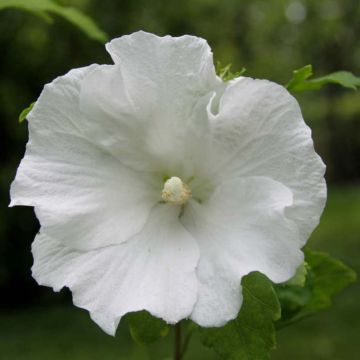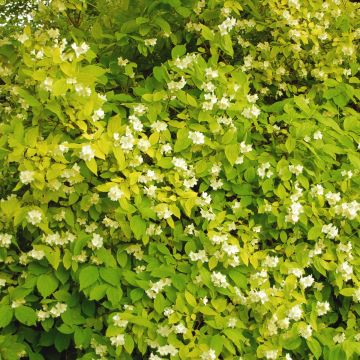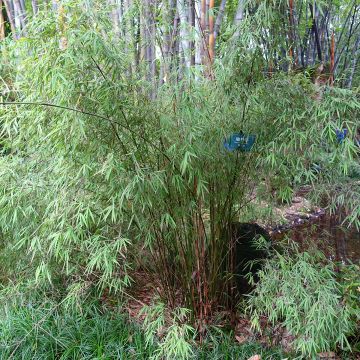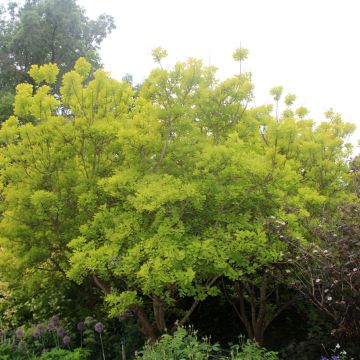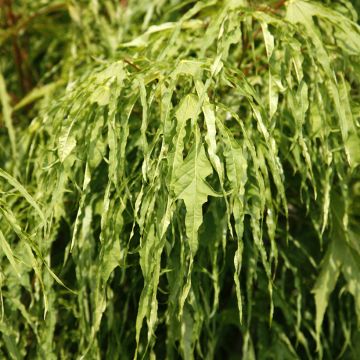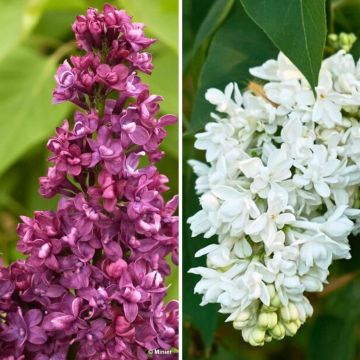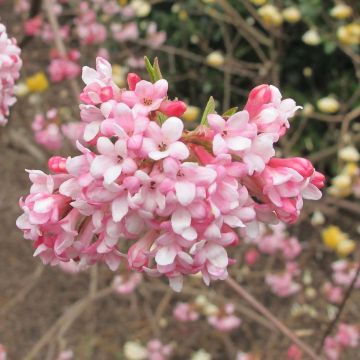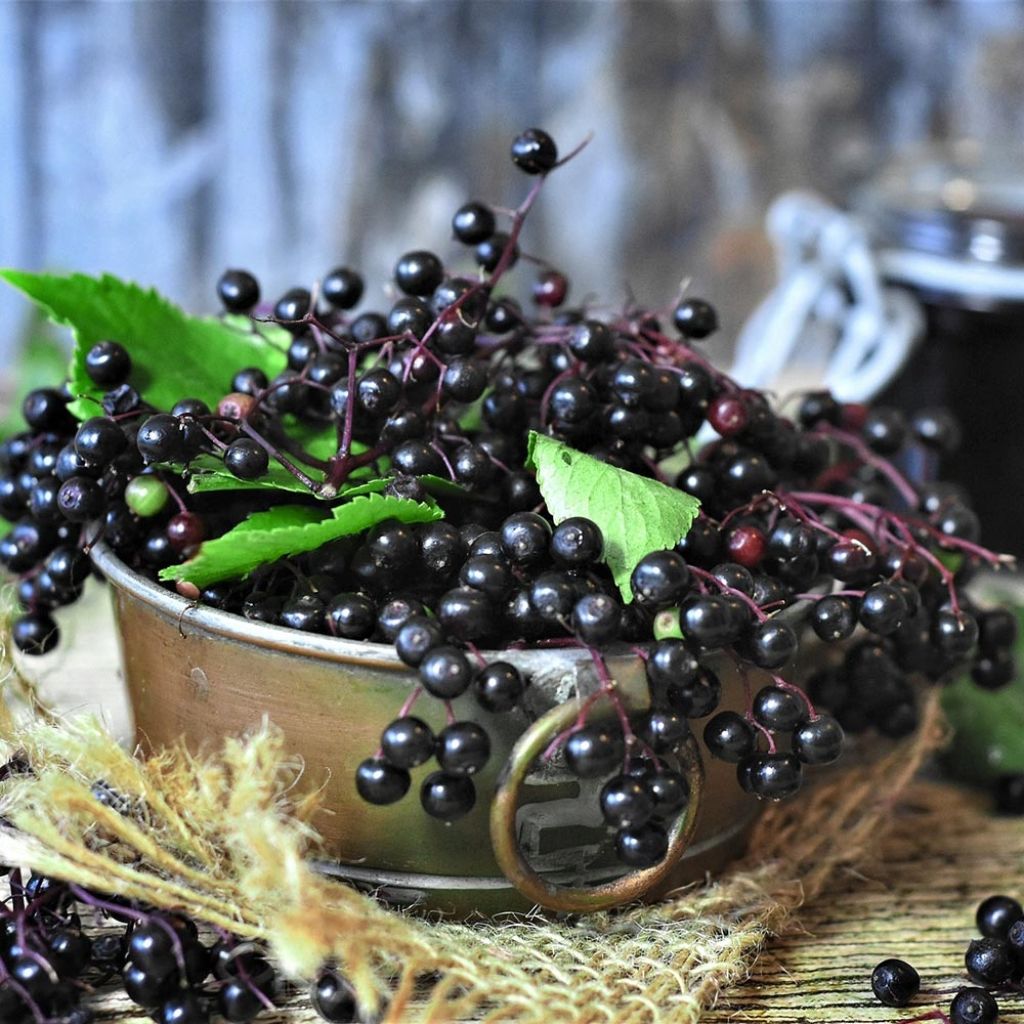

Sambucus nigra - Black Elder
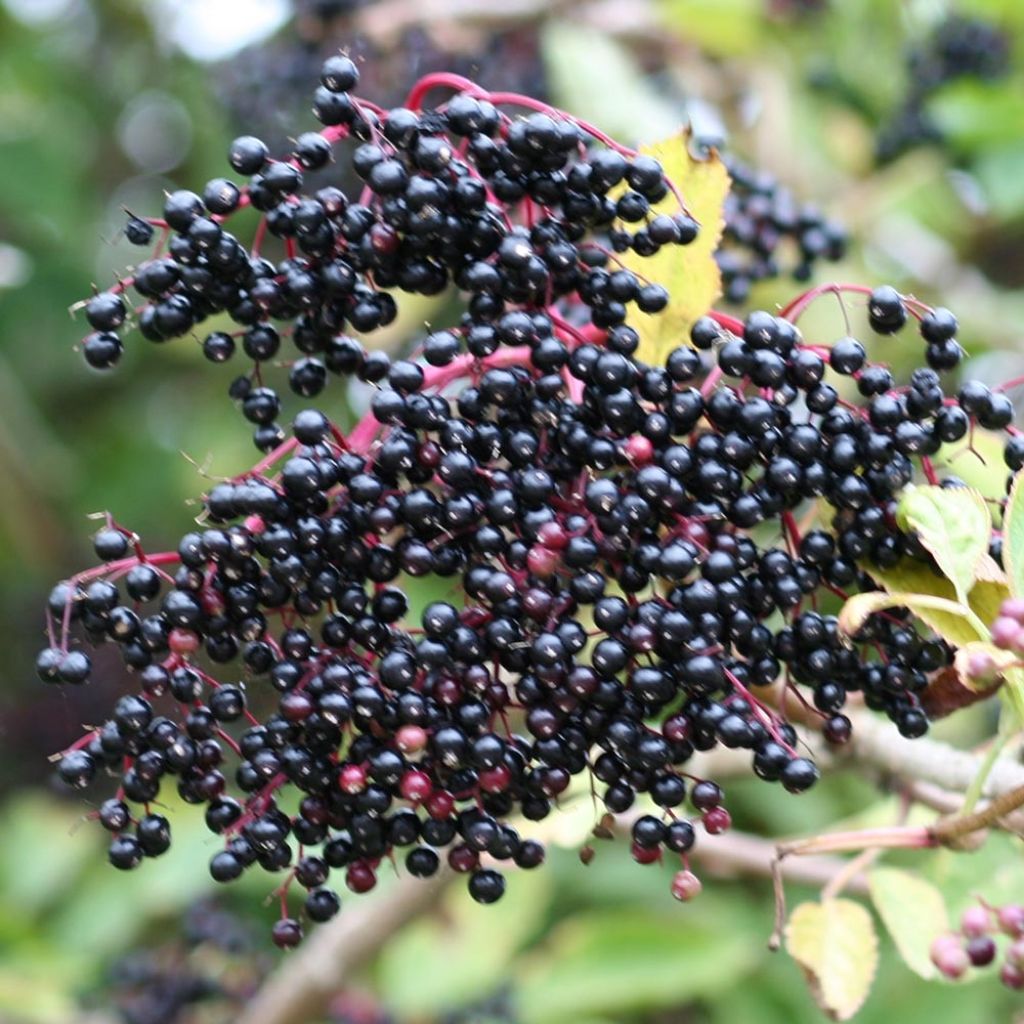

Sambucus nigra - Black Elder
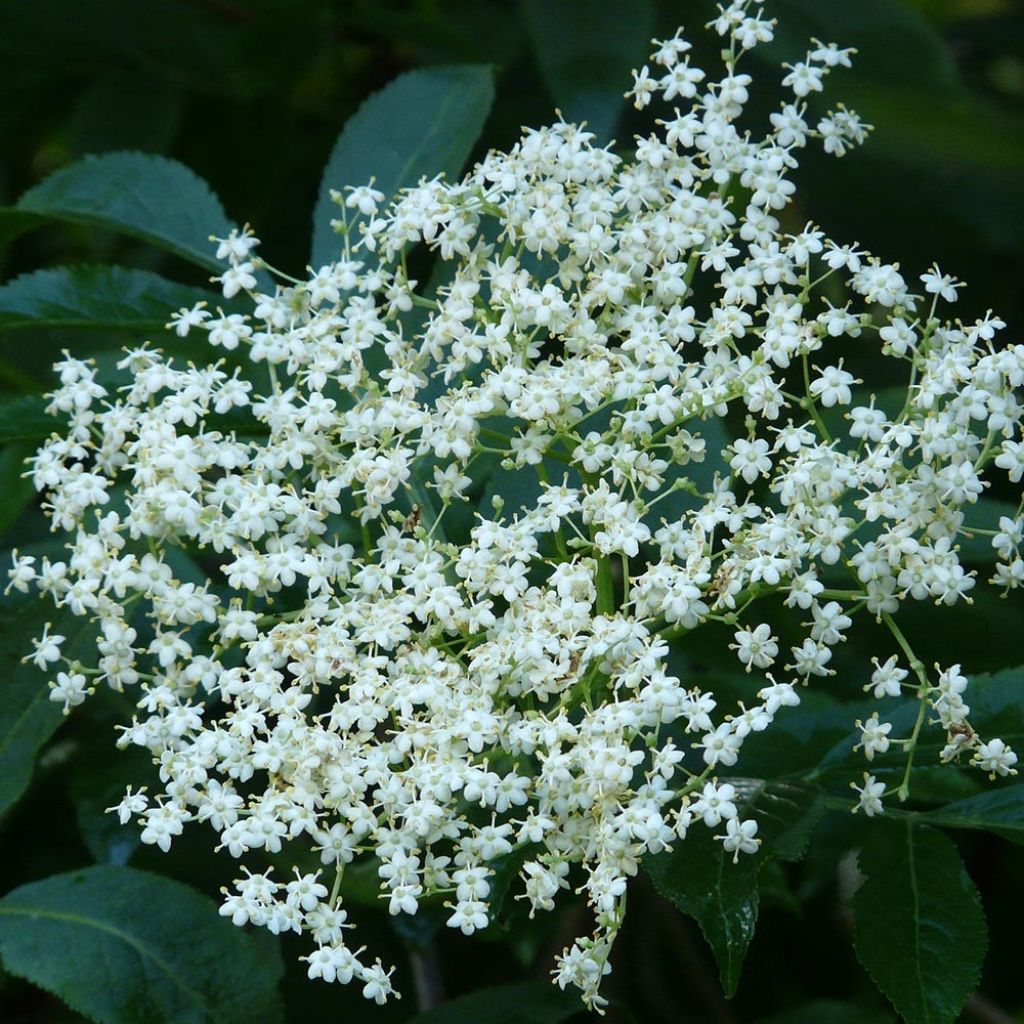

Sambucus nigra - Black Elder
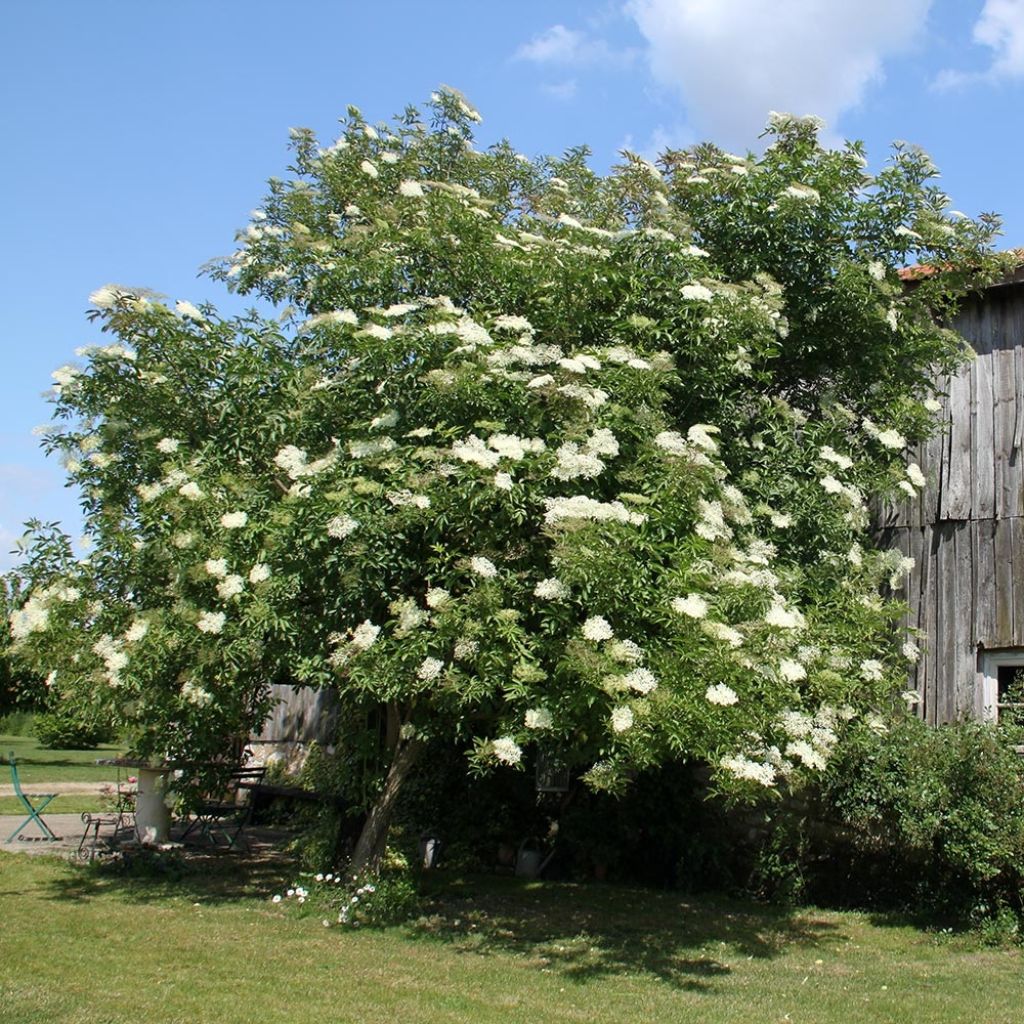

Sambucus nigra - Black Elder
Sambucus nigra - Black Elder
Sambucus nigra
European Elder, Black Elder, Elder, Elderberry, European Elderberry, European black Elderberry
Very beautiful plant
Christophe, 15/11/2025
Special offer!
Receive a €20 voucher for any order over €90 (excluding delivery costs, credit notes, and plastic-free options)!
1- Add your favorite plants to your cart.
2- Once you have reached €90, confirm your order (you can even choose the delivery date!).
3- As soon as your order is shipped, you will receive an email containing your voucher code, valid for 3 months (90 days).
Your voucher is unique and can only be used once, for any order with a minimum value of €20, excluding delivery costs.
Can be combined with other current offers, non-divisible and non-refundable.
Home or relay delivery (depending on size and destination)
Schedule delivery date,
and select date in basket
This plant carries a 24 months recovery warranty
More information
We guarantee the quality of our plants for a full growing cycle, and will replace at our expense any plant that fails to recover under normal climatic and planting conditions.
Would this plant suit my garden?
Set up your Plantfit profile →
Description
Sambucus nigra, commonly known as the black elderberry, is a large bush or small tree that is widespread and familiar in our countryside and fallow fields! It is a wild-looking species with an open, loose habit that often regrows from the stump. Its deciduous leaves are large, odd-pinnate, and emit an unpleasant odour when crushed. The flowers bloom in late spring in wide, flat, cream-white clusters, which are both aesthetically pleasing, fragrant, and attractive to pollinators. They are followed by berries that start off red and then turn black, which are highly appreciated by birds and edible for humans once cooked. They are used to make wines, syrups, and jams. This species is essential for creating beautiful bocage hedges and providing shelter and a food source for many species that are important for the ecological balance of the garden. Black elderberry is perfectly hardy and adapts to all types of soils, exposed to full sun or partial shade.
Sambucus nigra has an open and rounded habit and reaches 6m (19ft 8in) in all directions. It belongs to the Caprifoliaceae family. It is a widespread wild species in Europe, North Africa, and as far as Asia Minor. Black elderberry is an opportunistic and highly adaptable wild species, found in open woods, hedges, fallow lands, coastal dunes, and even near human settlements, where it has coexisted for millennia. It is therefore an undemanding bush and very easy to grow anywhere. As a nitrophilous species, it indicates a high presence of nitrogen in the soil. Its young branches, filled with tender pith, were hollowed out in ancient times to make flutes. It is also a medicinal plant, with its flowers easily used in infusions to combat urinary and respiratory infections. Its leaves, initially light green and then dark, are large, about 30cm (11.8in) long, and consist of 5 to 7 ovate, pointed, and dentate leaflets. The flowers, in large corymbs measuring 10 to 24cm (3.9 - 9.4in), have 5 stamens and 5 cream-white petals and appear from May to June. The fruits are in the form of a cluster of berries measuring 6 to 8mm (0.2 - 0.3in), initially red and then violet-black, and are carried by a bright red pedicel. The bark is light green and then gray, cracked, fissured, lenticellate, and becomes spongy with age.
Easy to grow, black elderberry can be planted in spring or autumn, in any ordinary soil that is not too poor, deep enough, and not too dry, although it tolerates periods of temporary drought in deep soil once well established. It requires little maintenance. Plant it in a sunny location for better flowering and fruiting, but it also tolerates partial shade. It is not demanding regarding soil type, accepting clay, limestone, sand, and even degraded soils. The ideal planting mix is half compost and half garden soil. It is very hardy. To promote flowering, prune the old branches back hard to rejuvenate them and cut back the young branches by one-third in late winter. You can also choose to grow it as a tree by regularly pruning the shoots and suckers at its base and along its trunk.
Black elderberry is an excellent choice for an informal hedge or can easily be integrated into a shrub border with spring or summer flowering. Combine it with other wild species such as hornbeams, beeches, dogwoods, and hazels.
Report an error about the product description
Sambucus nigra - Black Elder in pictures
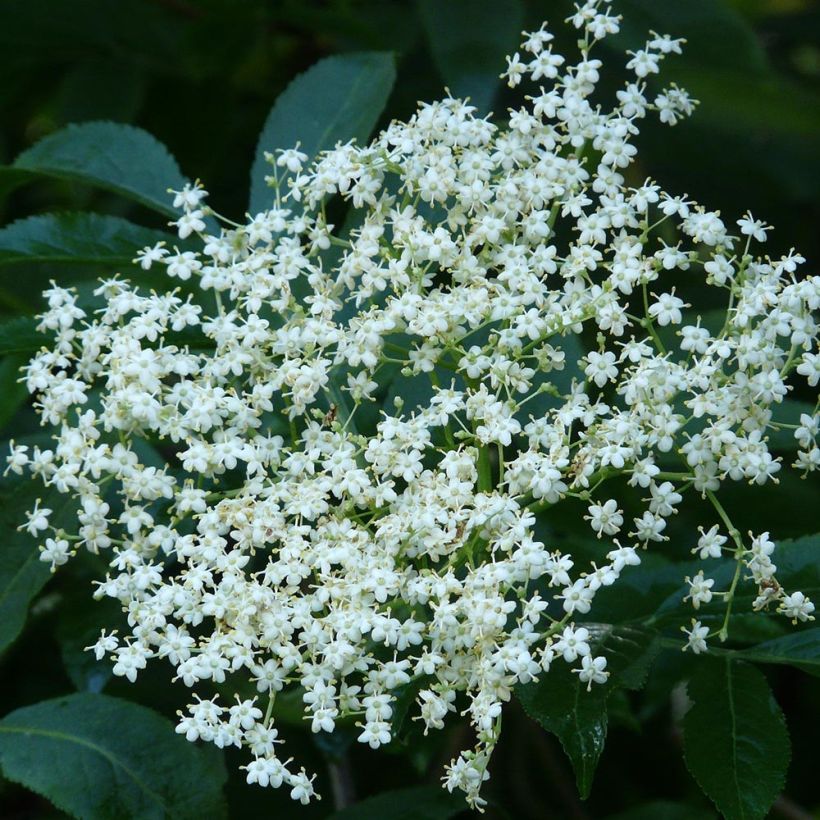





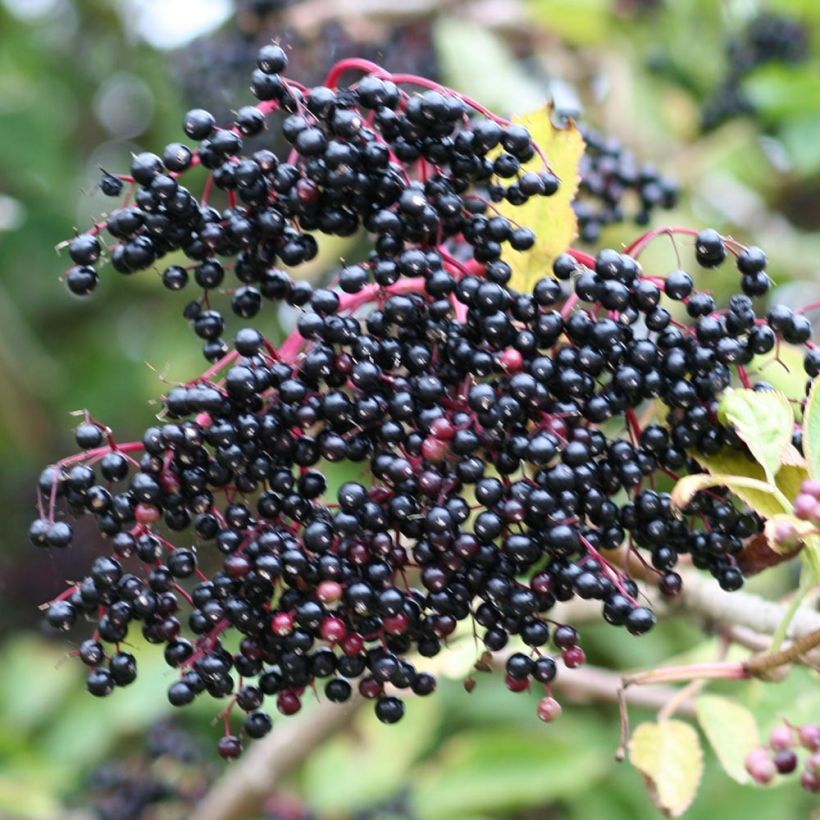

Plant habit
Flowering
Foliage
Botanical data
Sambucus
nigra
Caprifoliaceae
European Elder, Black Elder, Elder, Elderberry, European Elderberry, European black Elderberry
Cultivar or hybrid
Planting and care
Easy to grow, the elderberry can be planted in spring or autumn, in any ordinary soil, not too poor, deep enough and not too dry, even though it tolerates fairly well periods of temporary drought in deep soil once well established. It requires little maintenance. Plant it in the sun to enjoy a plentiful fruiting, otherwise in partial shade. It is not very demanding on the soil, accepting clay, limestone, sand, and even degraded soils. The ideal planting mix is half compost/half garden soil. It is very hardy. To promote flowering, prune the old branches back hard to rejuvenate them and cut back the young branches by a third, at the end of winter.
Planting period
Intended location
Care
-
, onOrder confirmed
Reply from on Promesse de fleurs
Similar products
Haven't found what you were looking for?
Hardiness is the lowest winter temperature a plant can endure without suffering serious damage or even dying. However, hardiness is affected by location (a sheltered area, such as a patio), protection (winter cover) and soil type (hardiness is improved by well-drained soil).

Photo Sharing Terms & Conditions
In order to encourage gardeners to interact and share their experiences, Promesse de fleurs offers various media enabling content to be uploaded onto its Site - in particular via the ‘Photo sharing’ module.
The User agrees to refrain from:
- Posting any content that is illegal, prejudicial, insulting, racist, inciteful to hatred, revisionist, contrary to public decency, that infringes on privacy or on the privacy rights of third parties, in particular the publicity rights of persons and goods, intellectual property rights, or the right to privacy.
- Submitting content on behalf of a third party;
- Impersonate the identity of a third party and/or publish any personal information about a third party;
In general, the User undertakes to refrain from any unethical behaviour.
All Content (in particular text, comments, files, images, photos, videos, creative works, etc.), which may be subject to property or intellectual property rights, image or other private rights, shall remain the property of the User, subject to the limited rights granted by the terms of the licence granted by Promesse de fleurs as stated below. Users are at liberty to publish or not to publish such Content on the Site, notably via the ‘Photo Sharing’ facility, and accept that this Content shall be made public and freely accessible, notably on the Internet.
Users further acknowledge, undertake to have ,and guarantee that they hold all necessary rights and permissions to publish such material on the Site, in particular with regard to the legislation in force pertaining to any privacy, property, intellectual property, image, or contractual rights, or rights of any other nature. By publishing such Content on the Site, Users acknowledge accepting full liability as publishers of the Content within the meaning of the law, and grant Promesse de fleurs, free of charge, an inclusive, worldwide licence for the said Content for the entire duration of its publication, including all reproduction, representation, up/downloading, displaying, performing, transmission, and storage rights.
Users also grant permission for their name to be linked to the Content and accept that this link may not always be made available.
By engaging in posting material, Users consent to their Content becoming automatically accessible on the Internet, in particular on other sites and/or blogs and/or web pages of the Promesse de fleurs site, including in particular social pages and the Promesse de fleurs catalogue.
Users may secure the removal of entrusted content free of charge by issuing a simple request via our contact form.
The flowering period indicated on our website applies to countries and regions located in USDA zone 8 (France, the United Kingdom, Ireland, the Netherlands, etc.)
It will vary according to where you live:
- In zones 9 to 10 (Italy, Spain, Greece, etc.), flowering will occur about 2 to 4 weeks earlier.
- In zones 6 to 7 (Germany, Poland, Slovenia, and lower mountainous regions), flowering will be delayed by 2 to 3 weeks.
- In zone 5 (Central Europe, Scandinavia), blooming will be delayed by 3 to 5 weeks.
In temperate climates, pruning of spring-flowering shrubs (forsythia, spireas, etc.) should be done just after flowering.
Pruning of summer-flowering shrubs (Indian Lilac, Perovskia, etc.) can be done in winter or spring.
In cold regions as well as with frost-sensitive plants, avoid pruning too early when severe frosts may still occur.
The planting period indicated on our website applies to countries and regions located in USDA zone 8 (France, United Kingdom, Ireland, Netherlands).
It will vary according to where you live:
- In Mediterranean zones (Marseille, Madrid, Milan, etc.), autumn and winter are the best planting periods.
- In continental zones (Strasbourg, Munich, Vienna, etc.), delay planting by 2 to 3 weeks in spring and bring it forward by 2 to 4 weeks in autumn.
- In mountainous regions (the Alps, Pyrenees, Carpathians, etc.), it is best to plant in late spring (May-June) or late summer (August-September).
The harvesting period indicated on our website applies to countries and regions in USDA zone 8 (France, England, Ireland, the Netherlands).
In colder areas (Scandinavia, Poland, Austria...) fruit and vegetable harvests are likely to be delayed by 3-4 weeks.
In warmer areas (Italy, Spain, Greece, etc.), harvesting will probably take place earlier, depending on weather conditions.
The sowing periods indicated on our website apply to countries and regions within USDA Zone 8 (France, UK, Ireland, Netherlands).
In colder areas (Scandinavia, Poland, Austria...), delay any outdoor sowing by 3-4 weeks, or sow under glass.
In warmer climes (Italy, Spain, Greece, etc.), bring outdoor sowing forward by a few weeks.


































